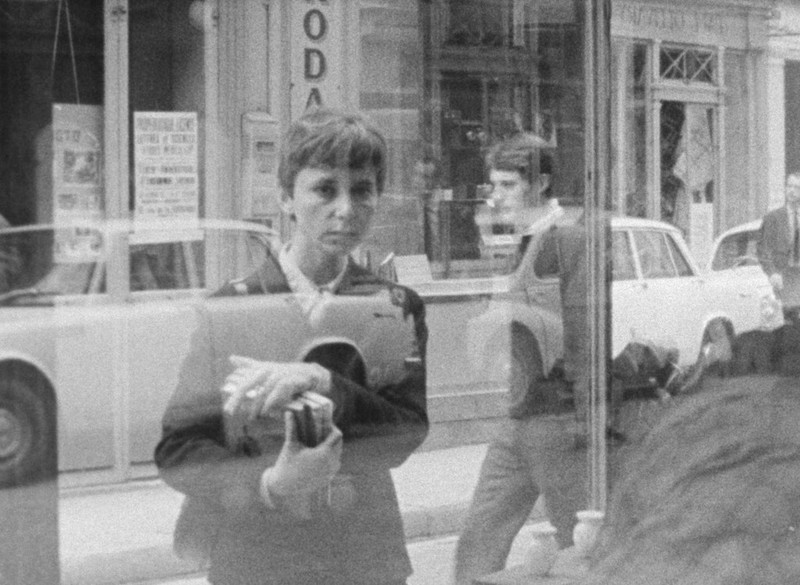Translucent Being: Éric Rohmer
Although the documentary work of Éric Rohmer is not well known, it is important for an understanding of his fiction films. Rohmer’s first profession was as a teacher, which helped open his path to Radio-Télévision Scolaire (Educational Radio-Television). His feature-film debut The Sign of Leo (1962) placed him firmly among the French New Wave. He edited the leading film magazine Cahiers du cinema (Notebooks on Cinema), but found himself unemployed when he was fired in 1963. Through a series of fortunate circumstances, he ended up working for the National Teaching Institute, which produced educational programs for a television station that was broadcast at schools. At the same time, Rohmer also shot several documentaries through his production company, Les Films du Losange, most of them on commission from various government ministries. He continued making documentaries until the 1970s. During this decade, he made around thirty documentary films of varying character. We have selected twelve of these and divided them into four thematic groups presenting Rohmer’s new approach to documentaries about filmmakers, his vision of educational films, and his purely documentary work such as his distinctive form of cinematic essay.
In his educational films, Rohmer combined his experiences as a teacher and as a filmmaker. He contributed to writing the film, interviewed the film’s subjects, and sometimes decided the staging, cinematography, sound, and editing. It is also interesting to note that Rohmer wrote teaching materials to go along with the films. He also included various forms of art according to his own tastes and interests: poetry (Poe, Hugo, Mallarmé, Chrétien de Troyes), painting (La Bruyère, Percival, Don Quixote), architecture (La béton dans la ville, Victor Hugo architecte, Les métamorphoses du paysage), and of course film (e.g., Boudu Saved from Drowning and Atalanta, or Louis Lumière as the first movie director). He also explored other subjects, including mathematics, the natural sciences, history, philosophy, geography, literature, and foreign languages. In 1964–1970, Rohmer made 28 educational films for schools. He explored various documentary approaches (interview, intimate diary, visual montage, narration, costume drama), which he later used in feature films such as My Night at Maud’s, The Marquise of O, Perceval le Gallois, The Tree, The Mayor, and the Mediatheque, and The Lady and the Duke.

Nadja in Paris (Éric Rohmer, 1964)
Other documentary films were made through Les Films du Losange, which Rohmer co-founded with Barbet Schroeder. These include a series of short films on French women at work commissioned by the Ministry of Foreign Affairs for the Alliance Française and for French embassies and consulates abroad. In September 1963, Rohmer made the first of these films – the story of a foreign student called Nadja in Paris, which convinced the ministry to order three more films about women: a student (Une étudiante d’aujourd’hui), a farmer (Fermière à Montfaucon), and an athlete, although the last film was never made.
The third group of documentaries consists of Rohmer’s essays on film, art, and other philosophical subjects. Éric Rohmer tried to come up with a system of art in which film played an important, almost redemptive role. He addressed this subject in a series of articles entitled Celluloid and Marble (1955), in which he looked at various forms of artistic modernism. In his view modernism was exhausted, with abstraction its final chapter. By comparison, he believed that film could find the beauty and spiritual dimension of the world, and he continued to develop this idea in his documentary film of the same name:
“Not only must the image serve to better understand the text, but the text must serve to better understand the image, that is, the world. What is education for if not to improve our understanding of life or of art in general? And the great authors are interesting to study not only because they were stylistic craftsmen, but also because they gave us a new and different idea of the world.”
Éric Rohmer



